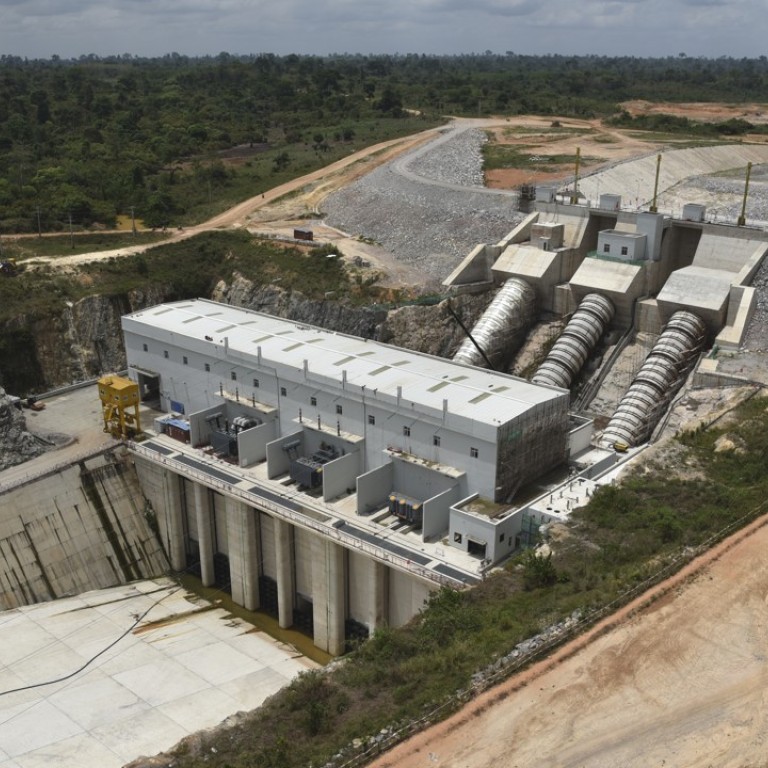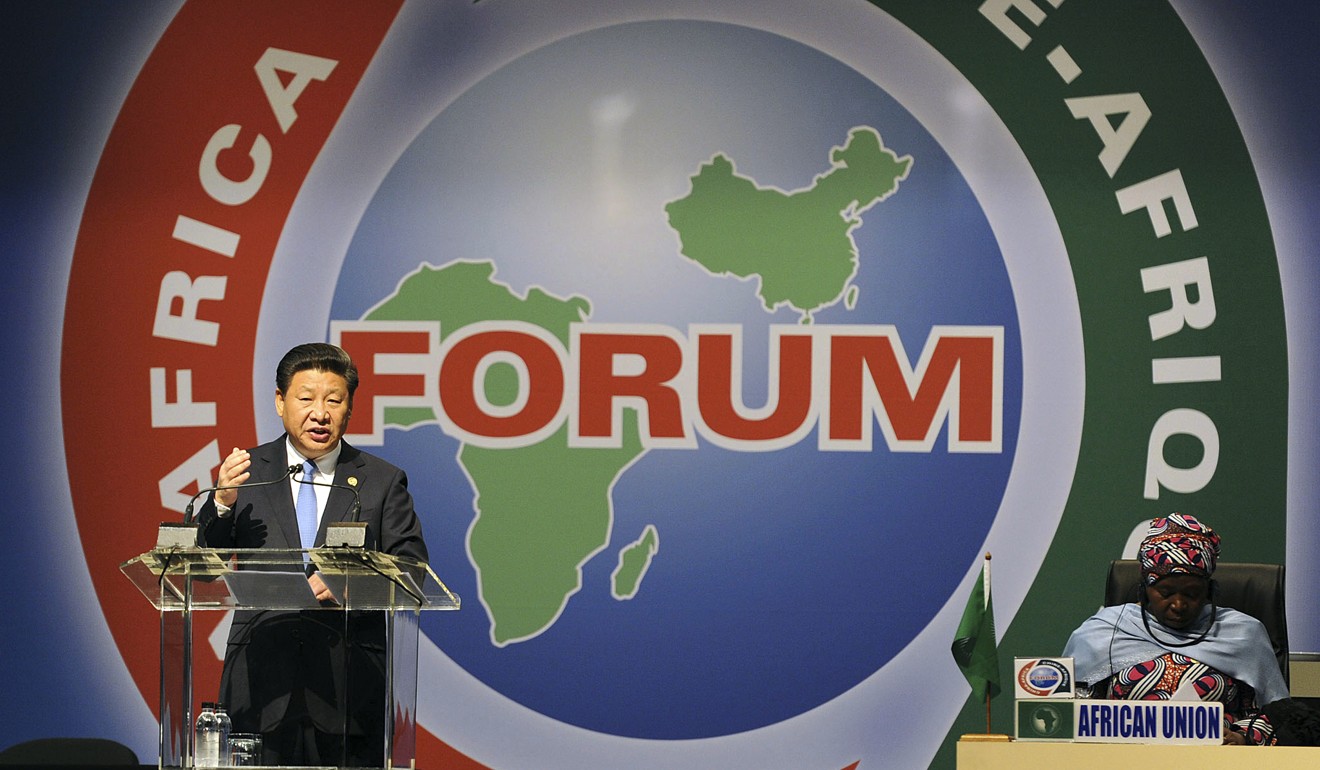
Belt and road’s real aims? Expanding China’s global influence and military presence, US study says
Report by US-based think tank questions Beijing’s assertion that the massive infrastructure programme is directed at encouraging global trade
China’s “Belt and Road Initiative” – a massive infrastructure programme that Beijing says is aimed at promoting global trade and economic growth – is actually intended to expand the country’s political influence and military presence, according to a report issued on Tuesday.
The report by the US-based research group C4ADS questions China’s portrayal of the trillion-dollar programme as strictly meant to promote economic development.
President Xi Jinping’s signature foreign policy programme is working to reinforce China’s links to Southeast Asia, Europe and Africa through networks of roads, ports, railways, power plants and other infrastructure projects.
C4ADS, a non-profit research institute that specialises in data analysis and security, examined official Chinese policy documents and unofficial reports by Chinese analysts to analyse the intentions of Beijing’s ambitious economic development programme, which seeks to connect 65 per cent of the world’s population in more than 60 countries.
Chinese officials say the initiative, also known as a modern “Silk Road” harkening back to maritime and land-based trade routes of centuries past, is driven by commercial considerations. They have rejected assertions that it is also meant to expand Beijing’s global influence.

“Rather, the investments appear to generate political influence, stealthily expand China’s military presence and create an advantageous strategic environment in the region,” it said.
China’s foreign ministry rejected the findings, saying in a statement that the belt and road plan was “essentially an economic cooperation initiative” promoting common development through infrastructure. “China is not playing a geopolitical game,” it said.
While there’s no official policy document linking the belt and road strategy to China’s national security interests, Chinese analysts have written that developing the programme and pursuing Chinese security are “intimately linked,” the report said.
The analysts do not represent official thinking, but the authors believe what they say could influence decision makers promoting the belt and road plan.
“Many of these observers recognise that a network of maritime logistics hubs throughout the Indo-Pacific, including ports, has the potential to change the region’s strategic landscape and several explicitly describe the role of infrastructure investment in Chinese grand strategy,” the report said.
The projects shared characteristics that, taken together, pointed to China’s security intent, the report said. These include being in strategic locations such as entrances to the contested South China Sea, in an apparent effort by Beijing to ease its worries about energy imports and potential blockades.

Peter Cai, a fellow at Australia’s Lowy Institute think tank who has studied the belt and road plan, said he was somewhat sceptical about claims China was using port projects to advance military goals, given the difficulty of coordinating so many different investments, some of which might involve “independent actors”.
However, he said it was clear China’s political influence would expand over countries it connects with.
The new links will increase economic activity, which means “you’re going to have economic influence and we all know that economic influence easily translates into political leverage and power”, Cai said.
One of the most controversial projects is in Sri Lanka, where the government signed a 99-year lease agreement for the unprofitable Hambantota Port, located along a busy Indian Ocean shipping lane, along with land to develop a free-trade zone, to a Chinese-controlled company, in a deal opposed by neighbouring residents and monks.
“China appears to have established financial leverage over Sri Lanka through investment in alleged vanity projects” worth billions of dollars signed as Beijing courted the country’s previous president, Mahinda Rajapaksa, the report said. Debt levels for those projects prevented his successor from extricating the country from the deals and pivoting Sri Lanka away from China’s influence, it said.

